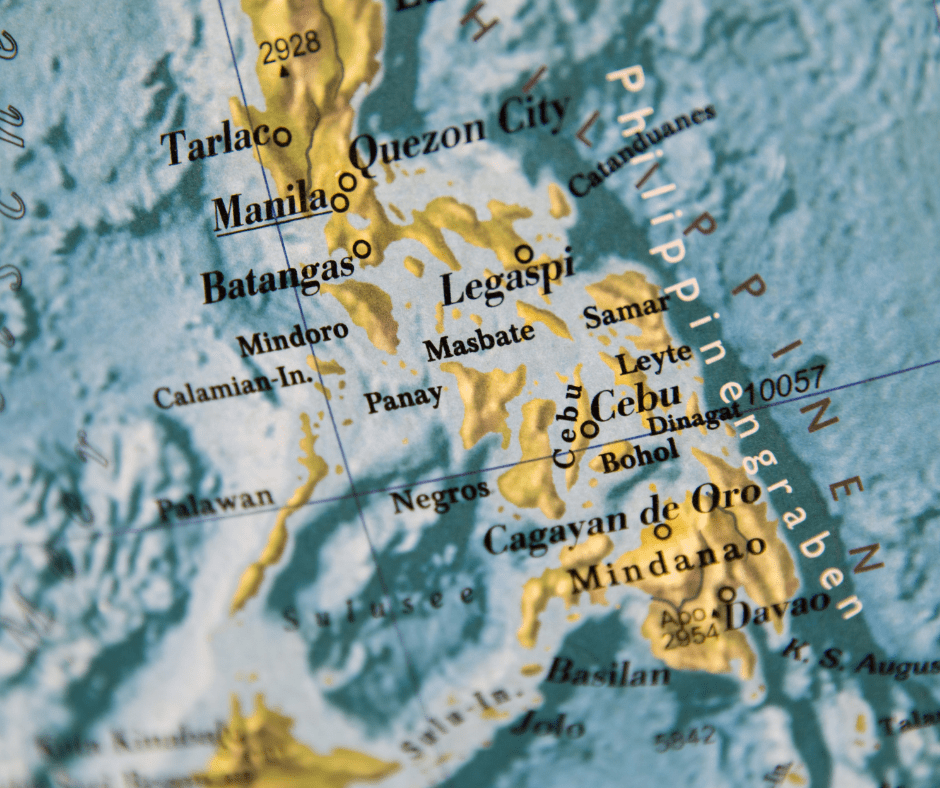Beautiful seascapes, deep waters, and thriving marine life is what this body of water in the Visayas has!

Known as the Tañon Strait, it is the separator of Cebu and Negros Islands in the Visayas region. It connects the Bohol and Visayan Seas together even if both waters are from opposing sides wherein the Visayan Sea is in the north while Bohol Sea’s in the south. Measuring up to 160 kilometers long and up to 27 kilometers wide, the strait became constant pathways for dolphins and whales to pass by.
A 5,000 Square Kilometer Body Of Water

For comparison, the entire Cebu island is 5,342 sq km in terms of land areas. Now imagine a body of water as large as the whole Cebu and is surrounding the island itself! That’s how wide the Tañon Strait is.
Because of the vast coverage of the strait and its blooming marine life, President Ramos passed the Proclamation No. 1234 of 1998 for its protection under the name Tañon Strait Protected Seascape.

Marine Life At The Strait
Based on the research done by the Department of Environment and Natural Resources, and the other associated organizations protecting marine life, there are 11 different species of marine mammals that can be found in the strait, and here are some of them:
Sea cows

Also known as the mythical “dugong” in Filipino lore. Sea cows or manatees are relatives of elephants and they consume a vegetarian diet, so you don’t have to worry about them looking at you for dinner when you do get to swim with one of them.

Whales

Some of the species of whales spotted at the strait included the baleen, dwarf sperm whales, melon-headed whales, short-finned pilot whales, and the toothed whales. A rare sighting though would be the whale sharks!

Dolphins

There are several types of dolphins that can be seen at the strait such as the bottlenose dolphins, spinner dolphins, and the Irrawaddy dolphins.

Fish

Pacific bluefin tunas, parrotfish, checked snappers, and groupers thrive at the Tañon Strait, and they serve the main source of livelihood for the fisherfolk.

Large Squid

Known by locals as the “dalupapa”, this large squid can grow up to 100 cm and can weigh up to 20kg! Locals wade through the waters of the strait at night since it is the time when the dalupapa can easily be caught.
The Legend Of The Whirlpool At Tañon Strait
Tañon Strait is known to have random bouts of whirlpools and this phenomenon became the reason for tales in Cebuano folklore.

According to mythology, Sinogo, one of the winged giant messengers of the supreme god Kaptan, stole a sacred shell that gives the power of shape-shifting. Punished for his theft, Sinogo fled west and used the shell to turn himself into a giant crocodile, seeking refuge in the waters between modern-day Cebu and Negros.

In anger, Kaptan struck Sinogo with lightning, condemning him to eternal imprisonment in what is now known as Tañon Strait. But, even though he betrayed Kaptan, the god preserved Sinogo’s sacred crocodile form out of love. So the legend goes that when whirlpools appear on the strait, it means that Sinogo is attempting his next escape.

Have you been to the Tañon Strait? If so, share with us your favorite memory and what marine life you were able to see under its vibrant waters!

